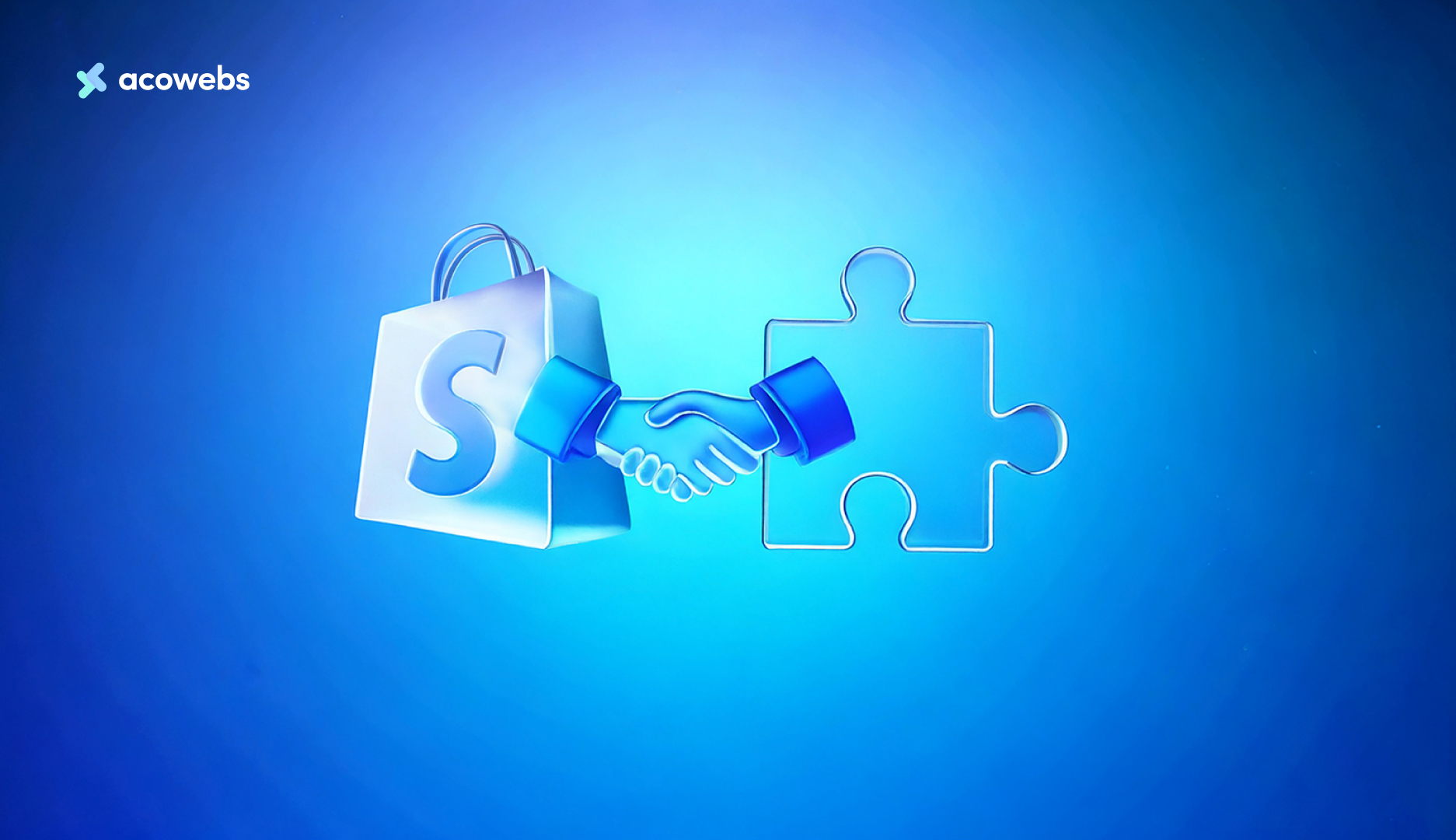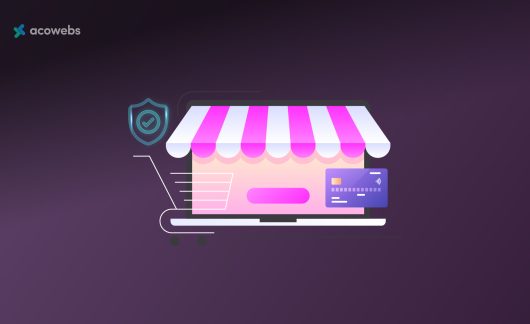Imagine that your favorite toy brand wants to partner with a tasty snack company. This is what brand collaboration means. Two businesses join together to create interesting projects. It’s like when you and a good friend work on a class assignment—both of you bring different skills and end up with a great result.
In the business world, this is very clever. If the toy brand and the snack company work together, they can reach more children. Kids who enjoy the toys might also want the snacks, and vice versa. It’s beneficial for both sides.
Shopify Collabs is a platform that helps businesses find and connect. It acts like a matchmaking service for companies! It simplifies the process of communicating and planning joint initiatives.
This article will explain how companies can use Shopify Collabs to discover suitable partners and establish long-lasting brand partnerships.
Understanding Shopify Collabs
It is a dynamic platform that connects Shopify merchants with content creators and influencers. Collabs fosters partnerships that enhance brand visibility, engagement, and sales. It makes the entire collaboration process simple.
Collabs serves as a central hub where brands are able to discover suitable creators, oversee campaigns, monitor performance, and manage payments all in one location.
This approach has made it easier for brands to establish meaningful connections with creators and tap into their different audiences.
Some of the key features include:
1. Creator Discovery
Shopify Collabs maintains a full, searchable listing of content producers, including in-depth demographic data about the creator’s audience, brand affinities, interaction analytics, and other details in their profiles.
The creator-discovery process allows organizations to find creators that have a fan base similar to their ideal customers. Using filters, brands can report back on creators, checking for target-market characteristics, brand allegiance, and so on, allowing them to select creators whose values and objectives align with theirs.
Nike and their collaboration with Casey Neistat for the “Make It Count” campaign is a good example. Casey Neistat is an adventurous lifestyle filmmaker and social media influencer.
Neistat took Nike’s money and traveled the world, creating a viral video that embodies the spirit of “Just Do It”; nothing was scripted out. The campaign endorsed real adventure, spontaneity, and pushing one’s limits, thus resonating with millions.
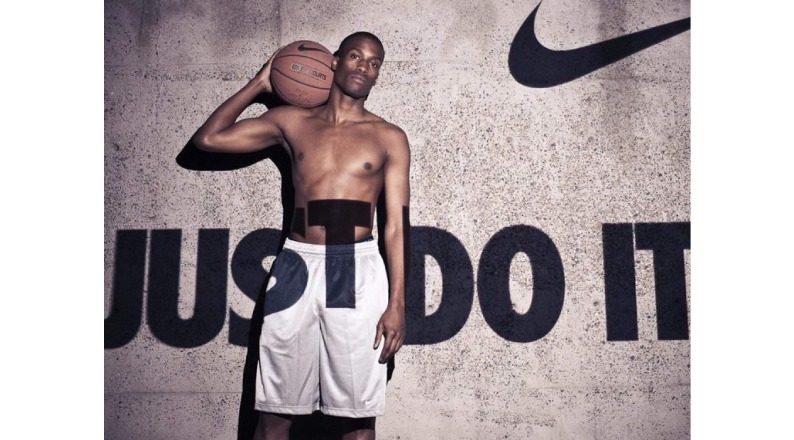
2. Campaign Management
Campaign management is the strategy of developing, executing, and monitoring marketing campaigns so that they deliver their functions well and efficiently. This includes the definition of deliverables, establishing clear goals, and tracking to make sure the work is aligned with business objectives.
The dedicated resources and the tools used by the brands help streamline the workflows, organize the work better, and refine performance.
Hootsuite permits the easy execution of the campaign with the ability to schedule content, track real-time analytics, and teamwork.
These features make it easier for brands to manage different campaigns, thus assuring added consistency and engagement across their channels. Effective campaign management broadens brand visibility, connects them better with their audience, and pushes noted results in the marketing efforts.
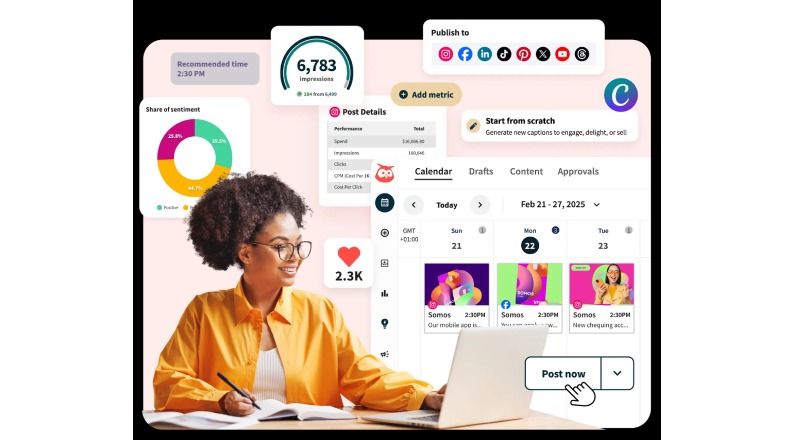
3. Performance Tracking
Performance tracking assists brands in gauging the success of their campaigns through the analysis of key metrics, including reach, engagement, site traffic, and sales. An eCommerce brand that runs a Facebook ad campaign might, for instance, notice that it receives high engagement but converts poorly.
The engagement team can use Google Analytics to follow the paths users take throughout the site to find where they tend to drop off. After this, brands can adjust their targeting or user experience to improve sales.
Alternatively, Sprout Social allows a company to figure out which social media posts drive traffic and adjust its posts accordingly.
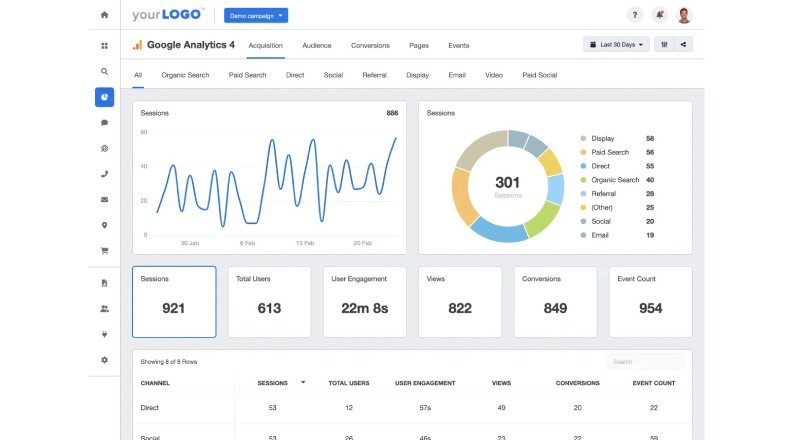
Tracking performance ensures that brands make data-driven decisions, maximize ROI, and refine future marketing strategies for better results.
4. Automated Workflows
Platforms often automate key administrative tasks, significantly reducing manual effort. For example, instead of manually drafting contracts for each influencer collaboration, the platform can generate standardized contracts.
The contracts can be pre-filled with relevant campaign details like deliverables, timelines, and payment terms. Similarly, automated payment processing ensures that creators are paid promptly upon completion of their work, eliminating the need for manual invoicing and tracking.
This automation frees up valuable time for both brands and creators. In turn, it allows them to focus on building stronger relationships, brainstorming creative ideas, and optimizing campaign performance rather than getting bogged down in administrative details.
5. Communication Tools
A one-stop shop for brands and creators to communicate among themselves, direct messaging capabilities on the platform make communications between brands and creators gratifying.
There is no need to look up all your emails or open a project management platform; everything is centralized. The brands can communicate exceptionally easily with the creators by sharing campaign briefs, giving feedback on content drafts, or asking any question they feel like through the platform.
The creators, in turn, can send a message to brands informing them of their work, provide a link to published material, or, should anything stand in the way, clarify that issue upfront.
For instance, Slack enables seamless communication between brands and creators, where campaign briefs, real-time screen feedback, and concerns can be shared.
Creators can update brands regarding the progress of the content, share links to published work, and even quickly resolve some issues.
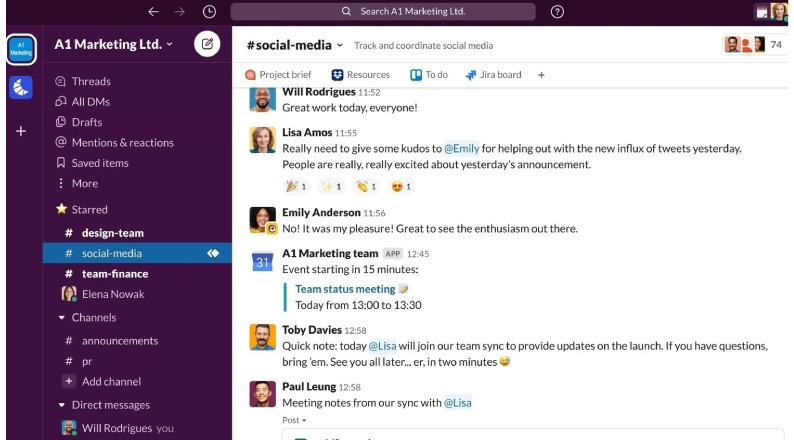
This allows for streamlined communication, enabling everyone to be on the same page regarding the objectives, timelines, and expectations for the campaign; thus, the probability of misunderstanding is reduced, making a smooth collaboration easier.
Why are Shopify collabs good for brands and creators?
- Collaboration is simple: Save time and resources while finding and connecting with, as well as managing, creators.
- Provide added value with data-driven insights: See how a campaign is performing and understand ROI with analytics dashboards.
- See many creators: Discover new, relevant creators and target your audience with their wider reach.
- Communication made easy: Keep creators in constant contact using built-in messaging features.
- Run payment campaigns smoothly: Run and supervise concurrent campaigns that smooth execution.
- Power up creators to increase your brand awareness and sales: Let creative people reach your new customers and engage them, leading to sales growth.
How Shopify Collabs Works
1. Brand Onboarding
The first step in using Shopify Collabs is for brands to sign up and create a profile. The profile includes information about your brand values, mission, target audience, and campaign goals.
By providing this information, brands help creators know who they are and what they’re trying to achieve, allowing them to attract influencers that resonate with their message.
A well-thought-out profile increases the odds of successful collaborations because the creators will want to work with a brand with which they share interests and values.
2. Creator Discovery
Shopify Collabs provides a search and filtering tool that helps brands find the most relevant creators. Creator discovery allows for a clear filter based on a creator’s follower count, engagement rate, niche, and location.
Thus, chosen influencers are sure to have an audience comprised of the brand’s ideal customers. Partnerships with creators whose followers fit the target market will guarantee a higher chance of genuine engagement, thus improving the overall effectiveness of a marketing campaign.
3. Connection and Proposal
After matching the correct creators with your brand, partnership proposals can be sent right through Shopify Collabs. These proposals will contain all campaign features, such as objectives, deliverable content, deadlines, and compensation types.
With this early, clear communication, essentially, both parties understand what is expected of each other, thereby lessening the chance of any potential misunderstanding.
They may further encourage genuine promotion by providing the creators with samples of their products or exclusive discounts. A well-structured proposal helps to set the groundwork for an easy and fruitful collaboration.
4. Collaboration and Content Creation
Once the campaign details are ironed out, the creator and brand write guiding rules for making content. The content created by the content creator includes social media posts, blog articles, product reviews, unboxing videos, or tutorials that show the brand’s products or services.
Brands provide some guidelines here to ensure the content aligns with their messaging, but there’s a lot of room for creators to keep it authentic.
A good working relationship helps promotional content be delivered naturally and engagingly rather than fake or forced, making it more attractive to the creator’s audience.
5. Performance Tracking
Shopify Collabs includes built-in analytics dashboards that help brands monitor campaign performance. Brands should keep track of KPIs, including performance rates, reach, web traffic, conversions, and the like.
The analysis allows brands to find which creators and content types are delivering the best results. The campaign is optimized in real-time, leveraging data to shift tactics for better performance in future influencer marketing campaigns.
You can track performance through Shopify Collabs with a tool like Triple Whale. The tool allows users to see real-time analytics regarding revenue attribution, influencer impact, ad performance, and customer insights.
Brands can now use AI-powered dashboards to analyze which creators are driving the most conversions, allowing them to optimize future influencer partnerships and maximize their ROI.
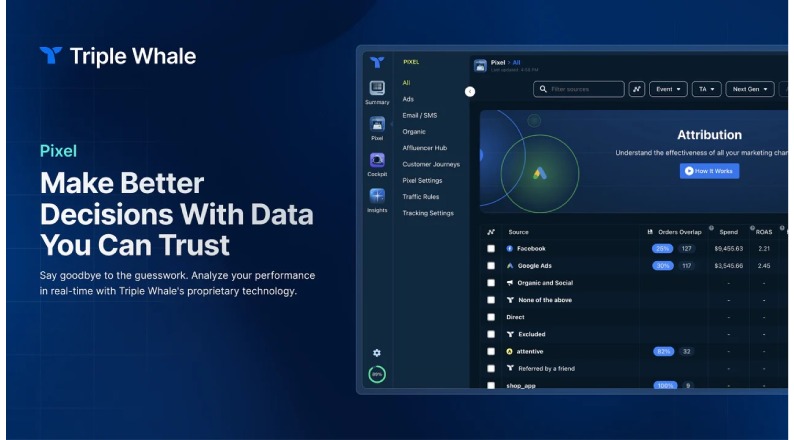
6. Payment and Reporting
With Shopify Collabs, brands can simply pay creators using the platform. Payment can either be a fixed cost, commission, or performance-based reward. The workflow is transparent, efficient, and simple.
In addition to that, they generate reports summarizing campaign performance and insights such as audience reach, conversion rates, and overall success. This helps appraise how effective their collaborations with influencers are, justifying their marketing costs.
7. Relationship Building
Apart from a one-time campaign, Shopify Collabs encourages brands to foster more of a long-term affiliation with creators. If the collaboration does prove fruitful, brands will be able to keep engaging with the same influencers in future campaigns.
Lengthy partnerships with trusted creators increase brand credibility, build audience trust, and improve general overhead marketing productivity. Hiring long-term relationships will pay off for both brands and influencers as they provide more authentic content that conveys real emotions.
Building Long-Lasting Brand Partnerships
Establishing successful, long-lasting brand partnerships with creators requires careful planning, strategic selection, and continuous performance evaluation. By identifying the right partners, ensuring value alignment, and tracking campaign effectiveness, brands can foster meaningful relationships that lead to sustained marketing success.
1. Defining Your Ideal Partner
Creating authentic relationships for long-term collaboration with creators requires planning, selection, and an ongoing assessment of performance. Choosing the right partners, fostering alignment of value, and measuring the impact of the campaign allow brands to build meaningful and effective long-term marketing relationships with creators.
This ideal partner needs to influence authentic engagement and sales conversions, considering various factors such as the consistency of audience demographics with the brand target market, value alignment, content quality, and follower engagement levels.
Ideal creators exhibit a following that connects with the brand’s objective, shares the vision with it, and crafts posts that talk to prospective consumers. In turn, this would help the creator build a seamless and true-to-life partnership capable of generating returns for both.
2. Target Audience Alignment
The efficiency of an influencer largely relies on the type of audience they attract. A partnership between a sustainable fashion brand and an influencer whose fans care more about fast fashion will probably lead to bad engagement and low sales.
Instead, the brand should work together with creators whose audience is already committed to sustainable fashion, eco-friendly items, and sustainability. Audience metrics, including age, interests, shopping habits, and geo, should be assessed for alignment while keeping relevance to the high-impact marketing being carried out by brands.
3. Content Style and Quality
The creator’s content style and quality should conform to the image and marketing goals of the brand. For instance, a brand selling high-end photographic equipment would benefit from its partnership with creators producing stunning, professionally edited photos and videos instead of casual, low-quality content.
A productivity-oriented tech brand would, in a similar way, seek creators with clear, informative, and well-structured content that portrays the features of a product exceedingly well.
That way, by assessing a creator’s past work, brands could be assured the partnership produces high-quality and engaging content that would amplify their reputation.
Measuring Success and ROI
Tracking and analyzing key performance indicators (KPIs) is essential to determine the effectiveness of influencer partnerships. Brands should measure direct sales, engagement, and brand awareness to evaluate the return on investment (ROI) and optimize future campaigns.
1. Tracking Key Performance Indicators (KPIs)
By setting SMART KPIs prior to implementing a campaign, brands define a unique set of expectations and a way to keep track of progress. Typical ones we see are website traffic from influencer referral links, social media mentions, and promo codes.
For example, when a fitness brand works with a health influencer, it could keep track of how many folks are coming onto its site and buying protein supplements through the unique discount code given to these influencers.
Identifying these KPIs allows brands to measure how successful their campaigns really are and make changes based on data.
2. Analyzing Sales and Conversions
While engagement and reach are certainly important, nothing ultimately measures the success of most influencer partnerships, quite like direct sales and conversions.
Brands should keep a metric on their total revenue generated from influencer campaigns, the conversion rates of referred customers, and the cost-per-acquisition for every sort of partnership.
If the conversion rates are low, brands can try out and test different campaign formats or audience segments to enhance their performance.
3. Monitoring Brand Awareness and Engagement
Not all influencer partnerships are designed solely for direct sales—some focus on building brand awareness and engagement. To measure this, brands should track metrics like reach, impressions, social media mentions, and audience sentiment.
For example, if a new skincare brand partners with a beauty influencer, they may not see immediate sales, but they could notice higher brand searches on Google, increased website visits, and more followers on social media.
4. Using Shopify Collabs’ Analytics Dashboard
Shopify Collabs provides an integrated analytics dashboard that simplifies performance tracking. Brands can use this tool to monitor traffic from influencer campaigns, track sales attributed to specific creators, and measure engagement across different platforms.
A brand working with multiple influencers can compare their performance to see which creator is driving the highest engagement and revenue. This data allows brands to refine their influencer marketing strategy, invest in the most effective partnerships, and improve their overall return on investment.
Conclusion
Shopify Collabs offers a comprehensive solution for businesses that aspire to forge solid partnership strategies, hence enhancing their brands through collaborations. More specifically, it connects brands with appropriate creators, therefore letting companies extend their reach to gain traffic toward their target audience and drive more sales.
It does the heavy lifting in processes of creator discovery and campaign management, performance tracking, and processing of payments, thus making influencer marketing efficient and data-oriented.
These successful partnerships with brands are all about selecting an appropriate partner, common values, and, most importantly, interesting content creation. Therefore, by using Shopify Collabs’ tools, brands would be able to actually find the right influencers, track the key performance indicators (KPIs), and optimize their campaigns for maximum long-lasting brand partnerships.
Acowebs are the developer of the WordPress offload media plugin which allows you to offload your media to cloud storage such as Amazon s3, Cloudflare r3, Google Cloud, Digital Ocean and more. Media cloud wordpress also helps to sync your media to cloud storage in 1 click and woocommerce email customizer using which you can easily build and customize WooCommerce emails with a drag-and-drop user interface.












 Login
Login
 Cart
Cart